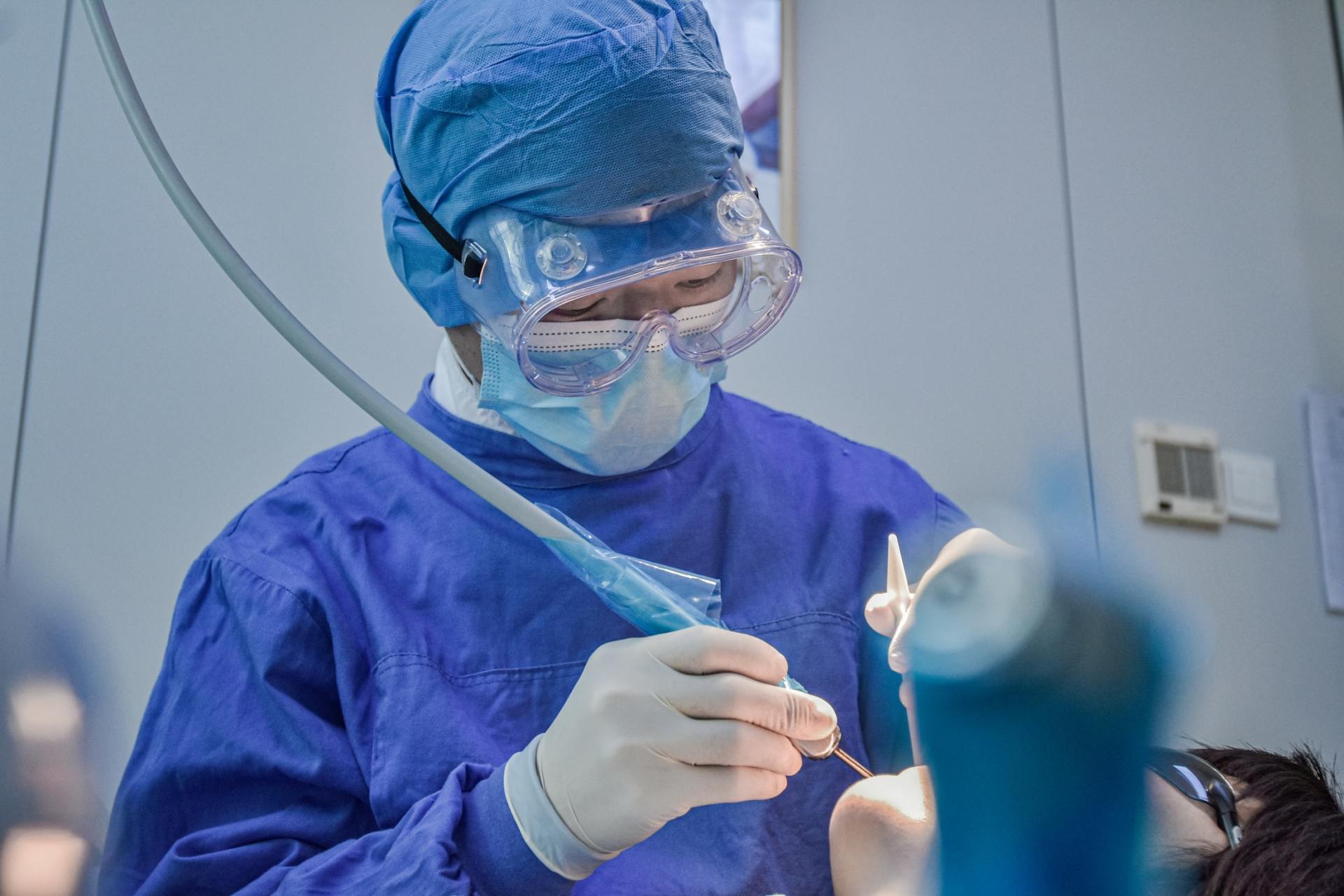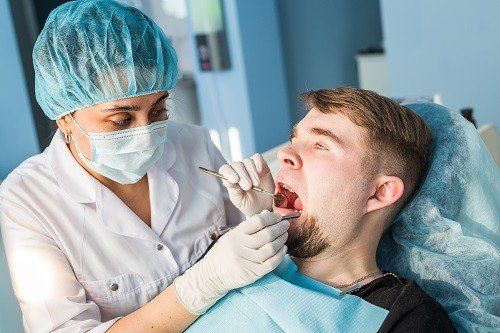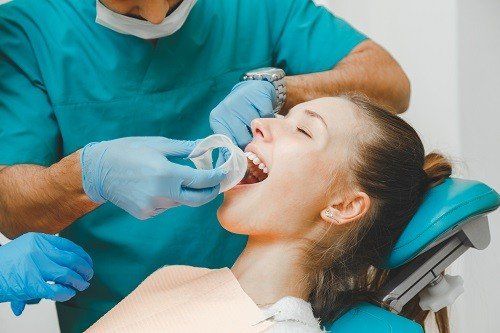What Can Patients Expect During Tongue Biopsies?
For those who’ve been fortunate thus far not to have needed one, a biopsy on the tongue is typically performed whenever a lesion under or on the tongue requires further inspection. As a part of a full dental exam, dentists or dental hygienists check the mucous membranes and soft tissues within a patient’s mouth—including the tongue—for any indications of oral cancer or other abnormalities.
Oftentimes, if there is a tongue lesion, your dentist might reexam the area within one to two weeks to rule either trauma or infection out as possible causes. If the area in question remains suspicious, your dentist will most likely refer you to an oral surgeon in order to schedule a tongue biopsy.
How are Tongue Biopsies Performed?
As with any other biopsy, this relatively minor surgery allows a specialist to get a sample from you for a microscopic examination. During the procedure, the oral surgeon uses local anesthesia or a similar numbing agent, but general anesthesia may be used for some cases. A small portion of your tongue is removed and later examined via a microscope in order to establish the kind of cells that are causing the abnormalities.
What to Expect of Tongue Biopsies
Once you’ve been referred to an oral surgeon, his or her office will go over the pre- and post-procedural processes for tongue biopsies. As previously mentioned, a biopsy is done using local anesthesia via an injection for numbing the area. According to the University of Pennsylvania, the oral surgeon will either remove the area completely (excisional biopsy) or choose to remove only a small part (incisional biopsy), depending on the lesion’s nature. If you require sutures for closing the incision, they should dissolve between 10 and 14 days. The procedure itself will take fewer than 30 minutes to complete, and the tissue sample will go to the lab for a diagnosis in order to determine pathology.
After the anesthesia has worn off, there should be little pain, but if pain relief is necessary, OTC pain relievers, such as ibuprofen or acetaminophen, should be enough. While there may be slight discomfort or swelling around the area, it should lessen within several days. Any bleeding will likely be minimal, particularly if you have sutures, but if there is any continual bleeding or oozing from the area, you can apply pressure using a washcloth, cotton swab, or gauze for about 10 minutes. You can resume brushing, flossing, and eating the same day you have the procedure, ensuring you don’t irritate or bite the area. You should have a follow-up scheduled with your oral surgeon one or two weeks after the procedure.
While they’re often viewed as separate entities, caring for your overall health involves routine visits to your dentist for checking the teeth as well as soft tissues in the mouth for symptoms of abnormalities or diseases. Since even the most experienced practitioners struggle distinguishing between serious conditions and innocuous changes involving the tongue, biopsies are needed for ruling out dysplasia and oral cancer. Speak with your dentist regarding how you can keep your mouth, from the tongue to the teeth, as healthy as possible.
Need to make an appointment with your dentist but worried about the high costs of dental bills? Our NH discount dental planoffers significant savings off dental bills. For more information, please click here.











